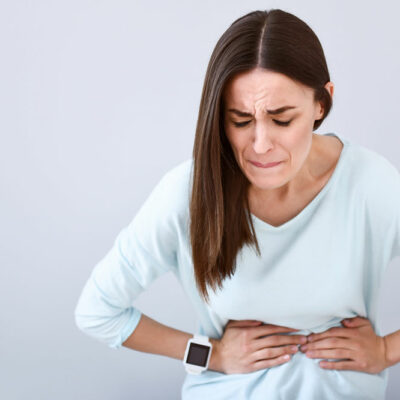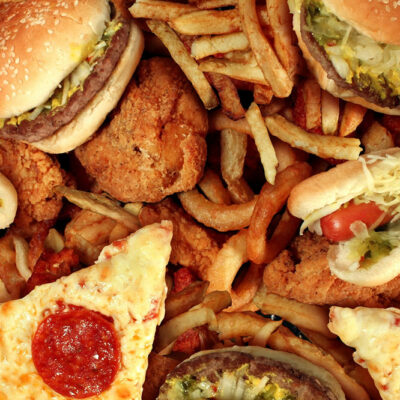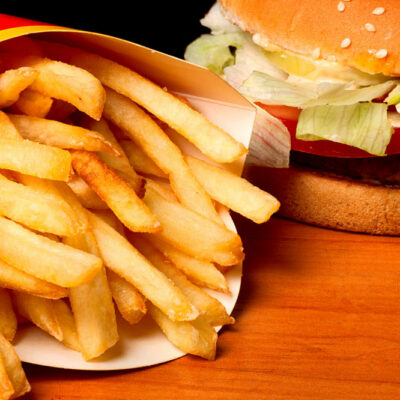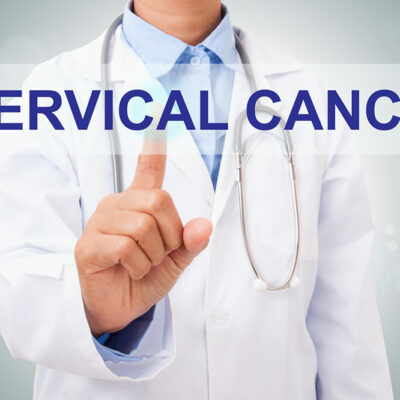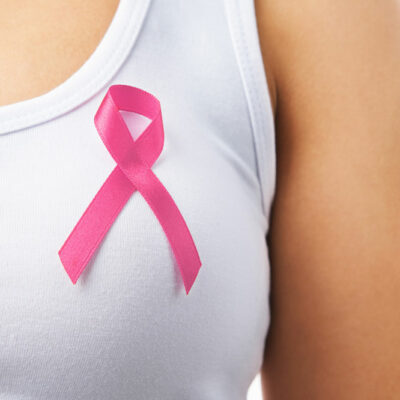
Health
Early Warning Signs of Leukemia in Adults and Children
Leukemia is a type of cancer that affects the body’s blood tissues, including the bone marrow and the lymphatic system. There are many types of leukemia, some more common in children than adults. Listed below are some of the early warning signs of leukemia that should not be ignored. Early warning signs of leukemia in adults There are many types of leukemia that cannot be detected in the early stages, as there are no visible symptoms. When signs appear, they could vary depending on the type of cancer. However, some of the common signs and symptoms of leukemia are: Fever Fatigue or tiredness that does not get better even after resting Infections that are frequent or severe Weight loss that occurs even without any changes in diet or increase in physical activity Bleeding or bruising easily Frequent nosebleeds The appearance of red spots on the skin known as petechiae Bone pain Increased sweating, especially at night The symptoms of leukemia are often vague and easy to overlook, as they are similar to other common health conditions such as the flu. However, if one’s symptoms are persistent or recurring, they should consult a doctor. Early warning signs of leukemia in children This is the most common form of cancer affecting children.
Read More 



